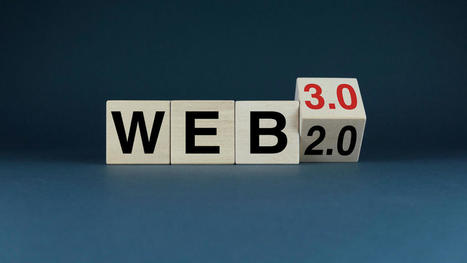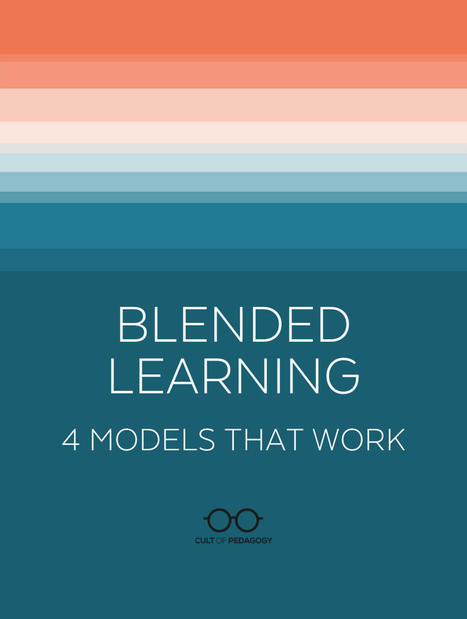How is Web 3.0 different from Web 1.0 and Web 2.0?
Web 1.0 harks back to the early days of the Internet in the 1990s. At that time, most web pages consisted of static text and basic information, and connecting to the Internet required dialing up through a modem. Connection speeds were slow and Internet access was not ubiquitous. The ‘World Wide Web’ was little more than a collection of unorganized content on individual webpages which contained little or no interactive features.
Web 2.0 emerged in the 2000s and, unlike Web 1.0, it features user-participation and social networking. Blogs emerged as popular individual publishing spaces and wikis encouraged collaborative writing and editing. Fast internet speeds opened the door for interactive content and platforms like YouTube, Twitter, and Facebook that give users a chance to communicate and share information and content. The participatory nature of “read/write” Web 2.0 has given voice to the masses, but at the same time it has largely been driven by a handful of large corporations, such as Google and Facebook, leading to a centralization of user data and content.
Web 3.0 is largely an attempt to counter the centralization of user data and content in the hands of a relatively small number of organizations. Visions of Web 3.0 are driven by the idea of Web decentralization and incorporate new technical infrastructure that facilitates communication and information exchanges in which no company or government can control the data. In Web 3.0, Internet users would control their own data, and it would follow them to various platforms and applications.
Via
Yashy Tohsaku,
juandoming,
Canadian Vocational Association / Association canadienne de la formation professionnelle



 Your new post is loading...
Your new post is loading...















Hace tiempo que venimos planteando que las futuras generaciones estudiantiles serán diversas. Las universidades tendrán que prepararse para ofrecer sus programas académicos en modalidades simultáneas: presencial, virtual, híbrida y hyflex. ¿Están preparados nuestros docentes?